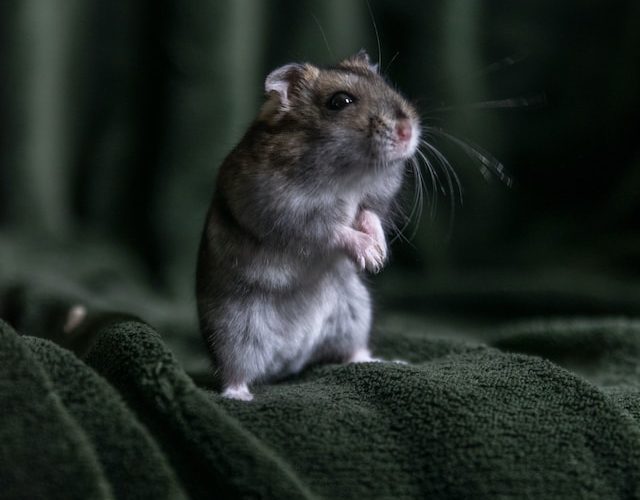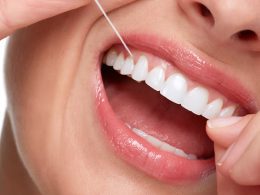Introduction: In a groundbreaking development, a group of scientists at the forefront of biological research have recently unveiled the results of an innovative study that demonstrates the induction of hibernation in mice through the use of ultrasound pulses. This remarkable achievement has far-reaching implications for both the field of medicine and our understanding of mammalian physiology. By harnessing the power of sound waves, this novel technique could pave the way for new therapeutic approaches and advancements in areas such as space travel, organ transplantation, and even human health. Let’s delve into this extraordinary study and explore the potential impact it holds.
The Study: Led by a team of researchers at a prominent research institution, this trailblazing study involved a series of carefully designed experiments on laboratory mice. By subjecting the animals to controlled doses of low-frequency ultrasound pulses, the scientists successfully induced a state resembling hibernation. This discovery challenges conventional wisdom and opens up new possibilities in the realm of mammalian physiology.
The Induction Mechanism: Ultrasound pulses, when administered at precise frequencies and intensities, have been found to modulate the activity of certain brain regions responsible for regulating metabolic functions and body temperature. By gently stimulating these regions, the researchers were able to induce a state of metabolic depression, effectively mimicking the hibernation state seen in certain animal species.
Implications and Applications: The potential applications of this breakthrough study are nothing short of astounding. With further research and refinement, the induction of hibernation in mammals could have far-reaching implications in several areas:
- Space Exploration: The ability to induce hibernation in astronauts during long-duration space missions could revolutionize human space travel. By slowing down metabolic rates and reducing the need for life support systems, this technique could significantly enhance the feasibility and safety of interplanetary journeys.
- Medical Applications: Hibernation-like states induced through ultrasound pulses could hold immense promise in the field of medicine. By temporarily lowering metabolic demands, this technique may find applications in critical care settings, organ preservation for transplantation, and the treatment of conditions where metabolic stress plays a significant role.
- Environmental Conservation: Understanding the mechanisms behind hibernation induction could help in conserving energy and mitigating the impacts of climate change. Applying this knowledge to agricultural practices or in developing sustainable methods for energy consumption might lead to more efficient resource management.
Ethical Considerations and Future Directions: While this study is undeniably groundbreaking, it also raises important ethical questions that must be addressed. Researchers and policymakers must grapple with issues of animal welfare and ensure that the use of such techniques is carefully regulated and performed with the utmost compassion and respect for the subjects involved.
Looking ahead, further research is needed to fully comprehend the long-term effects and potential side effects of inducing hibernation in mammals. Collaborative efforts among scientists, medical professionals, and ethicists are crucial to navigate this uncharted territory responsibly.
Conclusion: The recent study demonstrating the induction of hibernation in mice through ultrasound pulses has shattered established scientific paradigms. This breakthrough holds immense promise for various fields, ranging from space exploration to medical advancements. However, it is vital to proceed cautiously and consider the ethical implications associated with these newfound possibilities. As scientists continue to unravel the mysteries behind hibernation induction, the potential benefits for human health and our understanding of the natural world are truly awe-inspiring.












